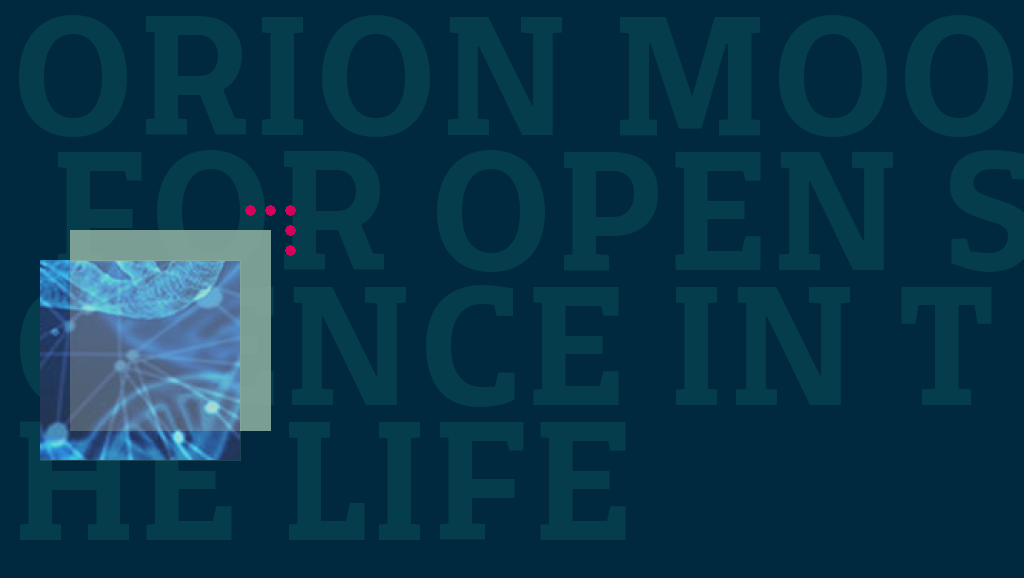Over recent weeks I have completed the ORION MOOC for Open Science in the Life Sciences. The course was designed to run over six weeks, offering six modules, each of which takes about two hours to complete but as it is all online it can be completed an just a few days. It is also possible to pick out the topics that are of interest individually.
The MOOC is described as an introduction to the concept of Open Science, is very thorough in its design and bredth of argument and offers a lot to anyone that follows it. It is free to access as it has been funded through the EU HORIZON 2020 funding program.
The course is primarily aimed at those working in biomedicine, life sciences and other related research fields, and is intended to help scientists to share their research with the world more effectively. I feel though that it would be beneficial for anyone conducting research in any field that generates data of any sort, including myself (a social scientist working on Responsible Innovation). The course is not moderated, self paced, but offers a certificate upon completion of all of the tasks. The fact of not working in the life sciences makes this difficult (but not impossible), but there is plenty to take away from the experience from following the lectures and materials offered without following up on the data uploads and forum discussions required for completion.
Topics adressed include an introduction to a variety of useful tools and research practices, as well as Open Science principles and workflows along the research cycle.
The course opens with two modules on publishing and open access. After an introduction to the concept and practicalities of open access, journal policies and the do’s and don’ts of self-archiving (with all of the advantages of open archiving), part two presents open peer review, pre-registration and registered reports. Several links are supplied to various platforms and repositories offering a real-life experience for anyone wishing to try them out. Licensing possibilities are explained in terms of different levels of permission to reuse materials, with several different commons forms described in great detail (all including links.
Module three is dedicated to research data management and planning, with all of the above gearing up to addressing the needs of creating a FAIR and open data approach as described in module four. FAIR stands for Findable, Accessible, Interoperable and Reusable, with much of this module dedicated to a systematic approach to data production and sharing that aims towards these goals. Differences between the concept of open and FAIR data are described, once more with links to various resources that allow anyone to trial these approaches.
Module five addresses the topics of science communication and public engagement, comparing these two fields in terms of their aims and approaches. Those following the course are encouraged to pitch their own approaches, storytelling and prop use is shown and discussed, and citizen science is described in its broadest terms (including crowdfunding and project co-design.
The course closes with module six, dedicated to self-reflection and action, suggestions and reviews of the course itself and feedback.
I very much enjoyed following this course. The communication techniques adopted are broad and really drew me in. From cartoon and comic strip type presentations to TED talks and storytelling, as well as single page overviews and power point presentations that offer overviews of the topics addressed, the pace and presentation styles kept me interested. The organization is flawless and the materials of extremely high quality.
I learned a lot (it is not merely introductory) and will certainly use many of the techniques in my work, and would certainly recommend the experience to anybody, including people who are not conducting life-sciences research. Congratulations to all those involved.
——————
















